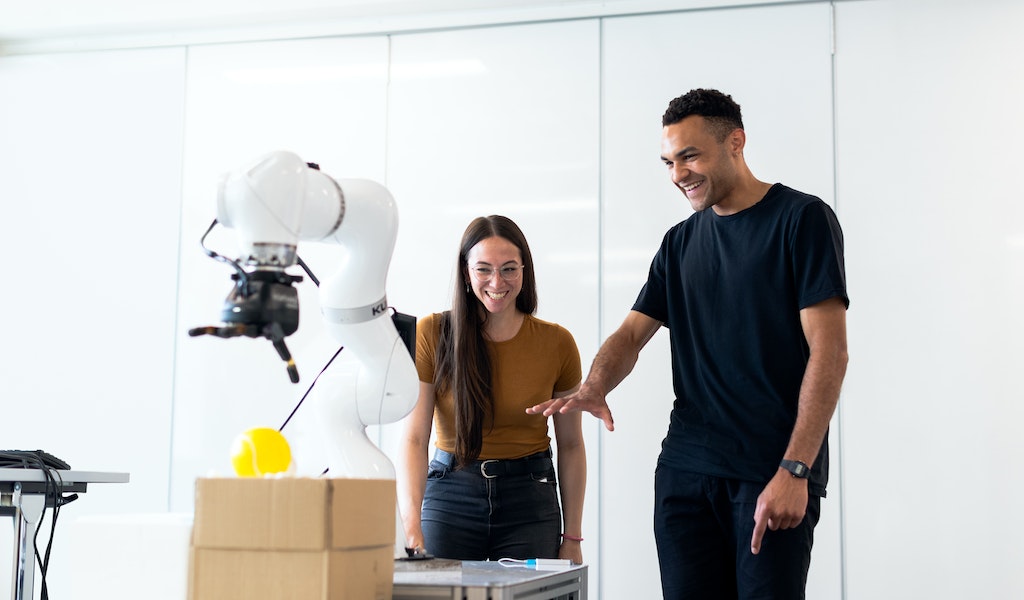From the moment we open our eyes each morning, we rely on our vision to perceive the world around us. We use our eyes to navigate our surroundings, recognize faces, and enjoy the beauty of our environment. Yet, have you ever stopped to think about how our eyes actually work? Understanding the intricate processes that allow us to see is not only fascinating but can also provide crucial information for maintaining our eye health.
In this article, we’ll explore the science of vision and learn about the critical role that light, the cornea, lens, and retina all play in shaping our perception of the world. We’ll also discuss the impact of age, genetics, and environmental factors on our eyesight and explore the latest advances in vision science research.
Check out more about how our eyes work here: eye light reflection.
1. How the eyes work to focus light
In a nutshell, the eye is like a camera. It has a lens that focuses incoming light onto the retina at the back of the eye. The retina contains millions of tiny cells called photoreceptors that react to light and send messages about what you’re seeing to the brain. But what’s really cool is that the lens of the eye can adjust its shape to focus on objects at different distances. This is called accommodation, and it’s what allows us to see things that are far away or up close with crystal-clear clarity.
2. What the cornea and lens do
The cornea is the clear outer surface of our eye that acts as a protective shield, keeping dirt and dust out. It also plays a major role in our vision by bending or refracting the incoming light. The lens, on the other hand, is situated deeper inside the eye and is adjustable. It changes shape to adjust how much light is being refracted, allowing us to focus on objects at varying distances. Together, the cornea and lens work as a team to get the incoming light to focus on the retina at the back of the eye, creating the image that we see.
3. How the retina processes light
The retina is the part of your eye that contains all the photoreceptor cells responsible for detecting light. When your eyes are focused on a specific object or scene, the light rays are reflected onto the retina. Once the light hits the retina, the photoreceptor cells gather and process the information, turning it into electrical signals that the brain can understand. Basically, the retina works kind of like a camera, capturing the images you see and translating them into signals that your brain can interpret.
4. Color vision and the cones
Have you ever wondered how we see all the beautiful colors around us? It’s all thanks to the three types of photoreceptor cells in our eyes, known as cones. These cones have different sensitivities to wavelengths of light, which is what allows us to perceive different colors. Our brain receives signals from these cones and creates the colors that we see.
There are three types of cones: blue, green, and red. Blue cones are the most sensitive to shorter wavelengths, such as those found in the color blue. Green cones are most sensitive to medium wavelengths, such as those found in green and yellow colors. Finally, red cones are most sensitive to longer wavelengths, such as those found in red and orange colors. Our eyes work together with these three types of cones to create a full range of beautiful colors that we see every day.
5. How light is processed by the brain
Hey there, curious minds! Have you ever wondered how we are able to see the world around us? It’s all thanks to our eyes and the amazing process that takes place in our brains when light enters our eyes. So let’s talk about the science behind it all – specifically, how light is processed by the brain.
First off, it’s important to know that our eyes don’t see the world directly. Instead, they see light. Light enters our eyes through the cornea and then passes through the pupil, which dilates and constricts to regulate the amount of light that enters. The light then travels through the lens, which focuses it onto the back of the eye where the retina is located.
Once the light hits the retina, it triggers a cascade of events that send electrical signals to the brain through the optic nerve. The brain then processes these signals, turning them into the images that we see. In fact, our brains are able to process visual information incredibly quickly – in a fraction of a second.
6. Common vision problems and solutions
Have you ever experienced blurriness or difficulty seeing things, even after putting on glasses or contacts? This may be a sign of refractive errors such as myopia or hyperopia. These errors occur when the shape of your eye doesn’t allow light to focus on the retina properly. Luckily, they can be corrected with glasses, contacts, or refractive surgery. Another common problem is astigmatism, which occurs when the cornea is shaped irregularly.
This causes blurry or distorted vision and can also be corrected with glasses or contacts. Finally, presbyopia is an age-related condition where the lens of the eye becomes less flexible, making it difficult to focus on near objects. This can be corrected with reading glasses, bifocals, or progressive lenses. Remember, if you are experiencing any of these problems, it’s important to consult an eye doctor to get the right diagnosis and treatment.
In conclusion, our eyes are incredibly complex organs that allow us to perceive the world around us. From the way light enters the eye and is processed by the retina to the neural pathways that allow us to interpret images, vision is truly an extraordinary process. By understanding how our eyes and vision work, we can better appreciate the amazing capabilities of our bodies and the intricate workings of nature.

















